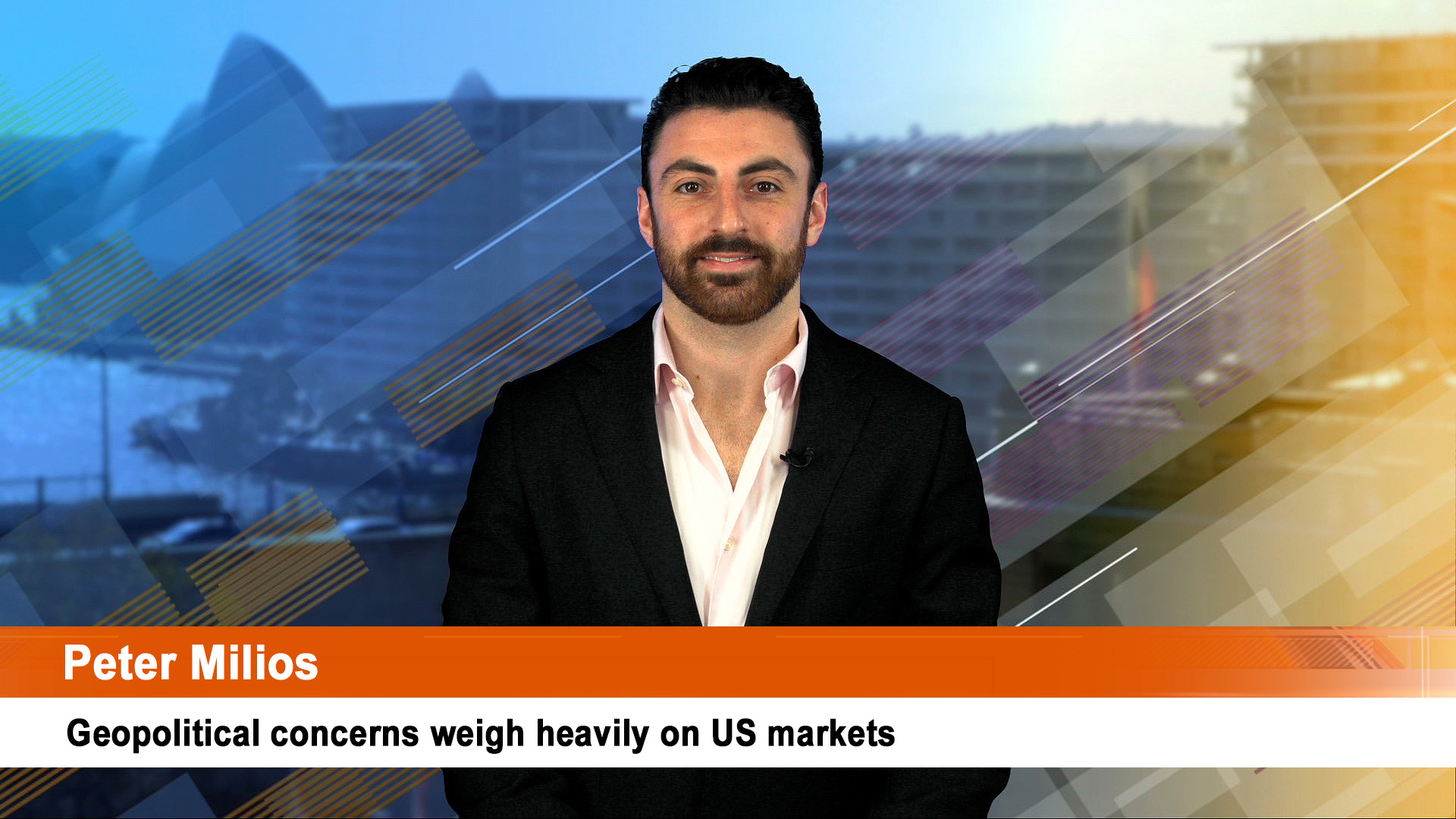Surging consumer inflation, falling producer inflation, a muddling trade performance – and the first cut in the country’s key interest rate for several years – China’s early October economic data tells us the country’s economy is not feeling very well.
In fact, while the rapid rise in consumer price inflation is easily understood because of the impact of African swine fever on the country’s pork industry and its retail cost, the weakness in producer prices underlines that deflation and weak demand are the real story.
The export performance last month was a bit better than expected, while imports were also a bit stronger than forecast – both by both measures, growth is weak and not looking up).
And imports of key commodities tells a similar story – weakness in iron ore, LNG and soybeans, and copper, but record levels for oil with coal not far behind (See separate story).
Figures issued on Saturday showed China’s producer prices fell the most in more than three years in October, as the manufacturing sector again weakened on declining demand and the impact of Trump’s trade war,
The producer price index (PPI) fell 1.6% in October from the same month in 2018 marking the steepest decline since July 2016, the National Bureau of Statistics (NBS) said on Saturday.
The market had forecast a contraction of 1.5% after the PPI fell1.2% in the year to September.
In contrast, China’s consumer prices rose an annual 3.8% in October, the fastest rate in almost eight years, the continuing surge in pork prices as African swine fever ravaged the country’s pig herds.
It was the biggest rise since January 2012 and well ahead of market forecasts for rise of 3.3%.
Pork prices more than doubled year-on-year in October, according to the statistics bureau.
Food prices jumped 15.5%; food, tobacco, and alcohol combined rose 11.4%, accounting for 3.37 percentage points of the CPI.
Some economists now say consumer inflation could soon hit 4% because of surging pork prices.
The government inflation target is around 3% and core consumer price inflation is well within that mark with a 1.5% annual rate in October.
While China’s exports and imports declined in October, the falls were not as bad as forecast.
Exports fell 0.9% while imports fell 6.4% from a year ago in October. Economists had forecast a fall in exports of 3.9% and an 8.9% slide in imports, so the actual outcome wasn’t bad.
The trade balance for October was $US42.81 billion, compared to forecasts of $40.83 billion.
It was $39.7 billion for September when China’s imports and exports fell more than expected with exports falling 3.2% in September from a year ago, while imports dropped 8.5% during the same period.
China’s data for production, investment and retail sales will be issued on Thursday with car sales for last month out later today.












